If your foot or ankle is injured, every step can become a struggle. Because the feet serve as the foundation for the entire body, even a small injury or alignment issue can create cascading pain in the knees, hips, or back. At The PT Zone, we focus on minimizing swelling, releasing tightness in surrounding structures, and stabilizing the foot and ankle to help you regain pain-free mobility.
- Reduce swelling and inflammation to promote healing
- Improve blood flow to accelerate tissue repair
- Restore foot and ankle mobility for comfortable movement
- Strengthen stabilizing muscles for long-term injury prevention
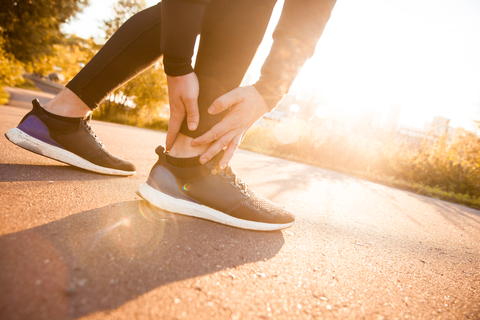
Let us help you move freely and
comfortably again
Foot and ankle injuries can derail even the simplest of activities, from walking around the house to enjoying a daily run. Whether caused by an accident, overuse, or structural imbalances like flat feet, these injuries can affect alignment throughout your entire body. At The PT Zone, we prioritize reducing inflammation, improving circulation, and re-establishing proper foot mechanics to help you heal quickly and move with confidence.
Our personalized approach includes manual therapies, gentle mobility exercises, and progressive strength work. By focusing on the underlying causes—like tight calves, weak stabilizers, or improper gait patterns—we address not just your current pain, but also help prevent future issues. We combine hands-on techniques with targeted exercises to stabilize your foot and ankle, so you can eventually walk, run, or stand without discomfort.
Our goal is to restore the balance needed for long-term health. Once you can move pain-free, we’ll guide you through more advanced routines to improve flexibility, stability, and overall function—helping you get back on your feet for the activities you enjoy.
Our Therapies for Foot & Ankle Injury Recovery:
Your feet support every step of your journey—let us help you stand stronger, walk easier, and live pain-free.
-
Balance Training
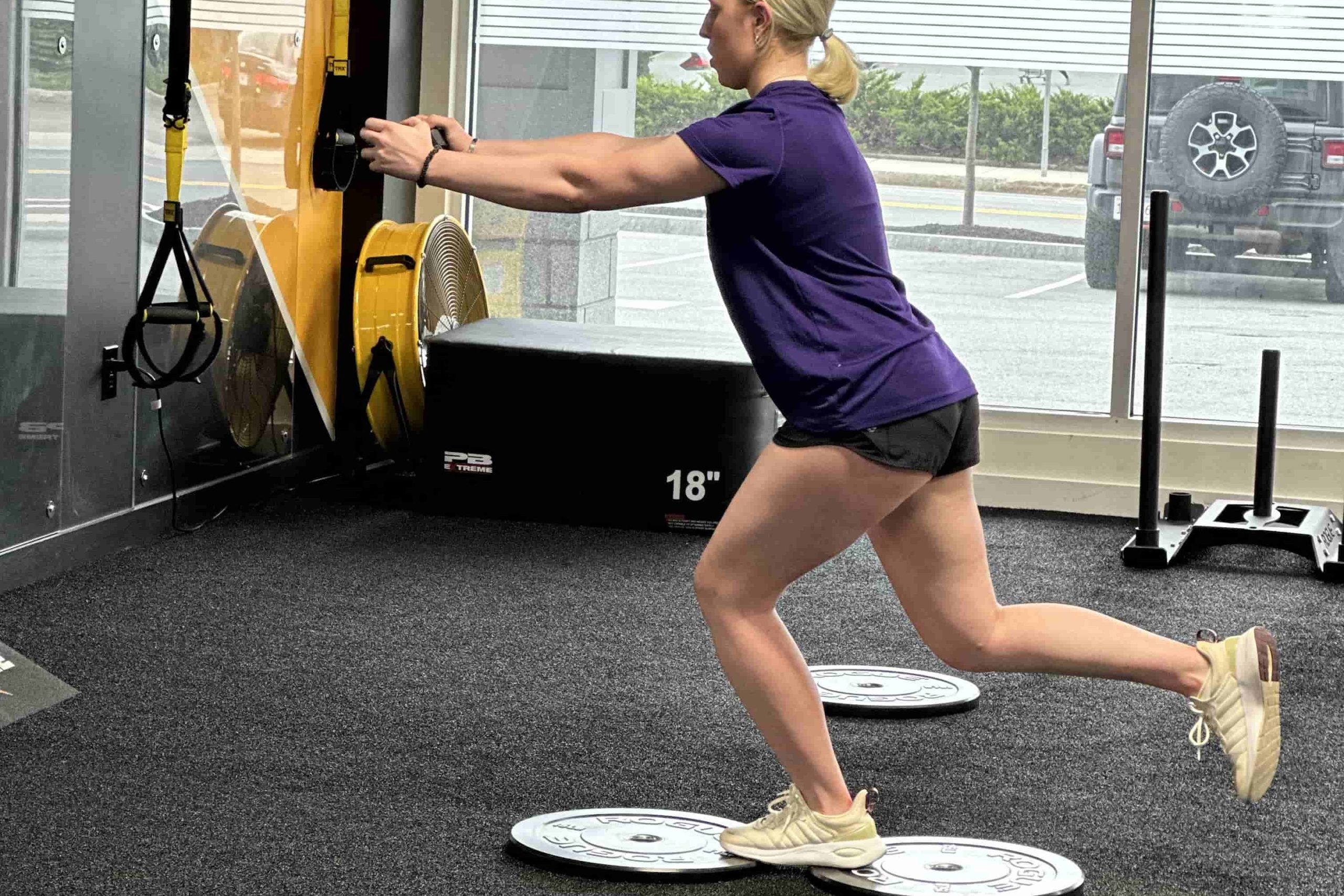
Balance Training is a specialized approach that strengthens stabilizing muscles, enhances coordination, and reduces fall risks, ultimately improving posture and promoting confident movement.
-
Certified Manual Therapy
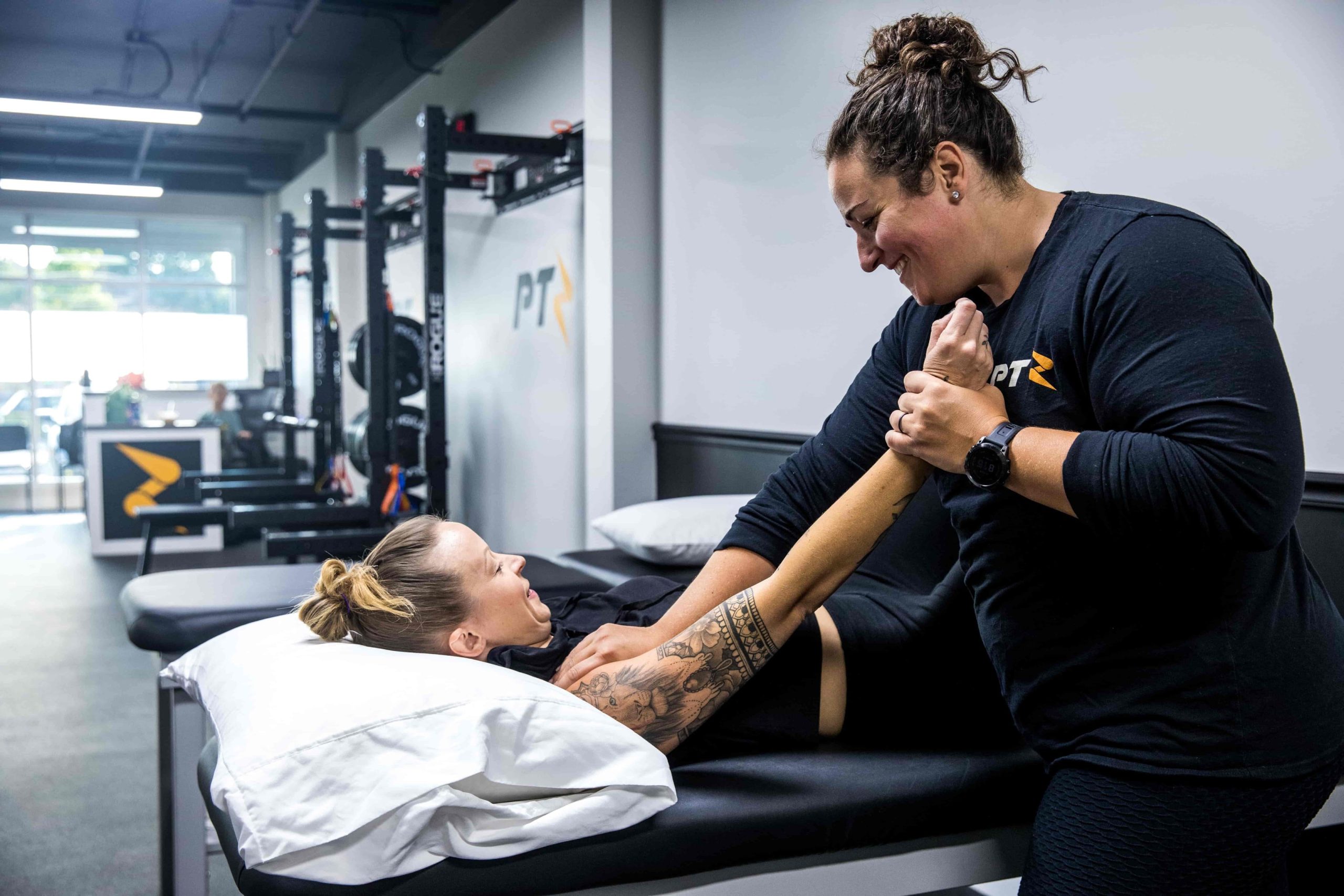
Certified Manual Therapy is a hands-on approach that addresses joint, muscle, and connective tissue dysfunction, reducing pain, improving alignment, and promoting faster, more efficient recovery.
-
Cupping

Cupping therapy is an ancient healing technique that uses suction to enhance circulation, relieve muscle tension, and promote the body’s natural recovery process.
-
Dry Needling
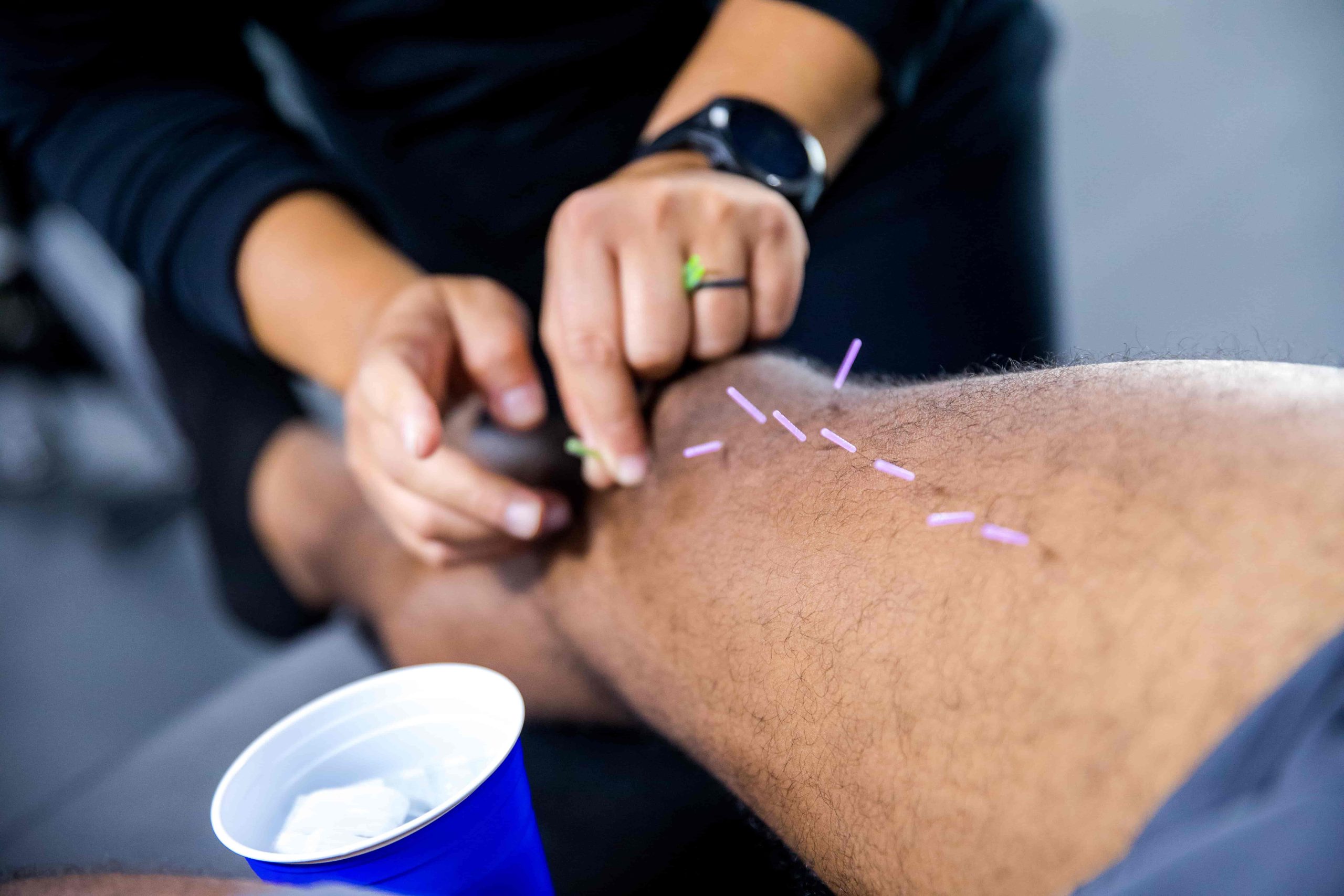
Dry needling is a modern therapy that targets muscle trigger points with thin needles to relieve pain, reduce tension, and restore mobility.
-
Gait Training
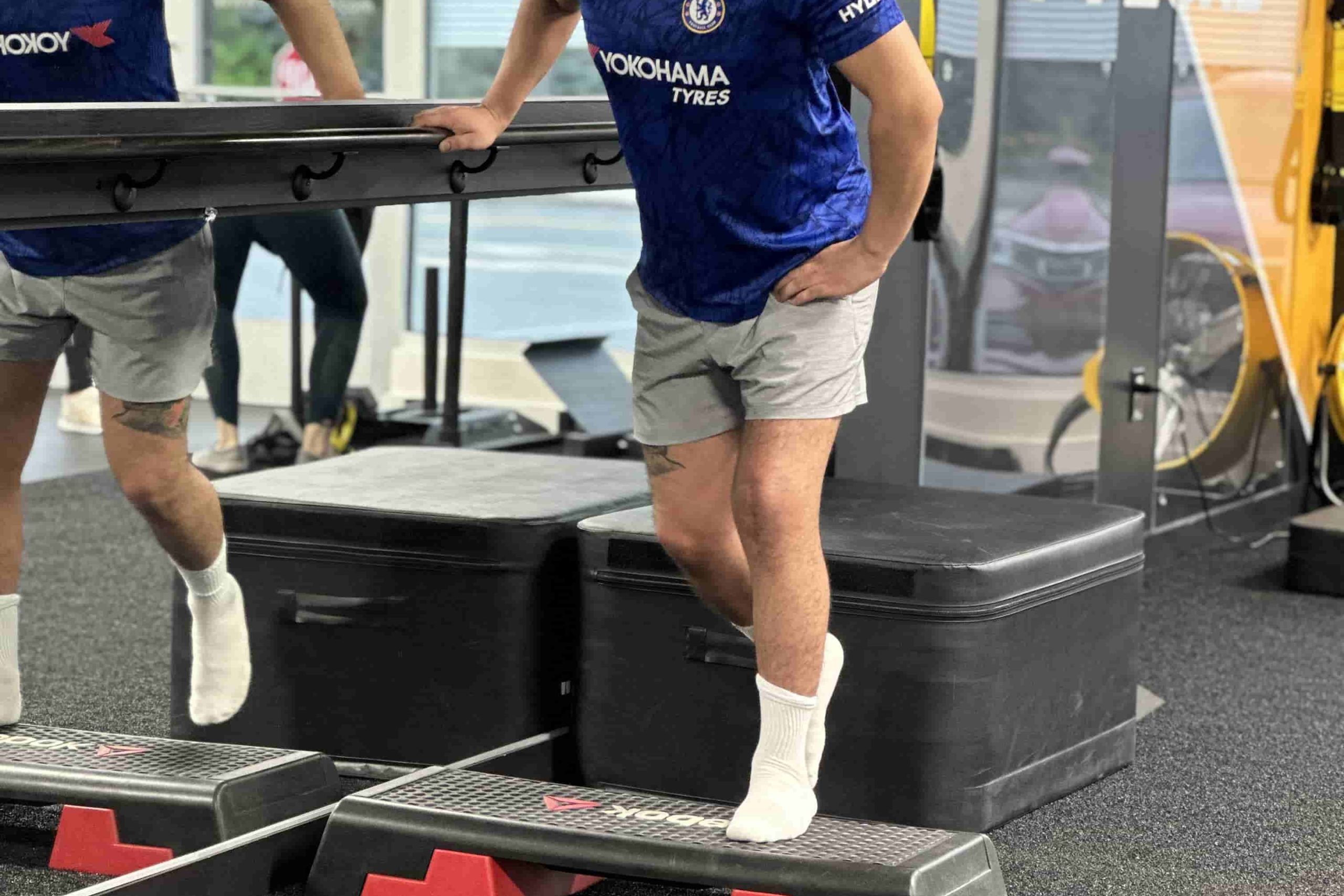
Gait Training is a specialized approach that enhances walking mechanics, improves lower-limb strength, and reduces re-injury risks, ultimately promoting more efficient movement.
-
Graston Technique

Graston Technique is a specialized manual therapy that uses stainless steel instruments to break down scar tissue, improve mobility, and accelerate healing.
-
Kinesiotaping
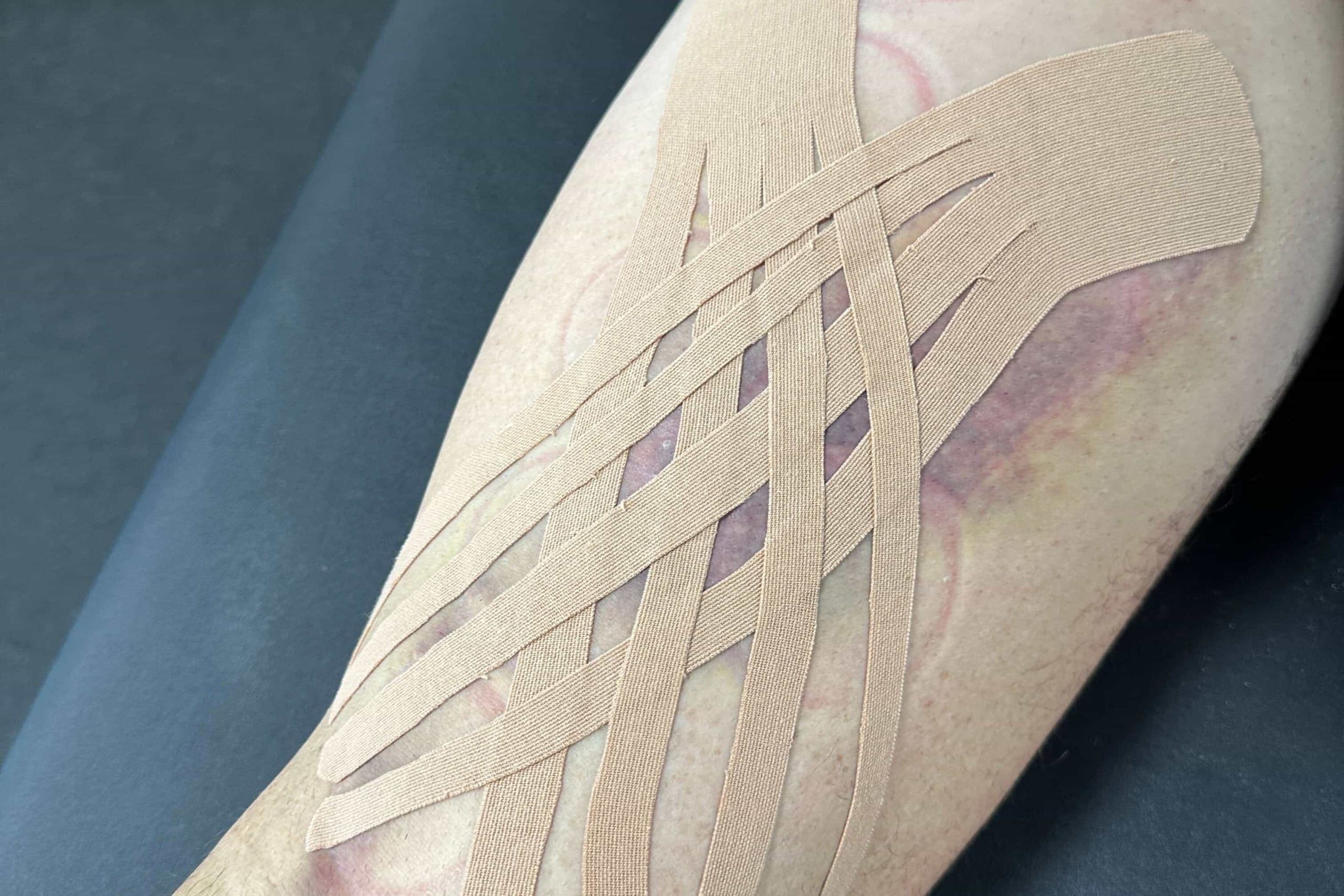
Kinesiotaping is a flexible taping method that provides gentle support, improves circulation, and helps maintain natural movement for a more comfortable and effective recovery.
-
Manual Traction
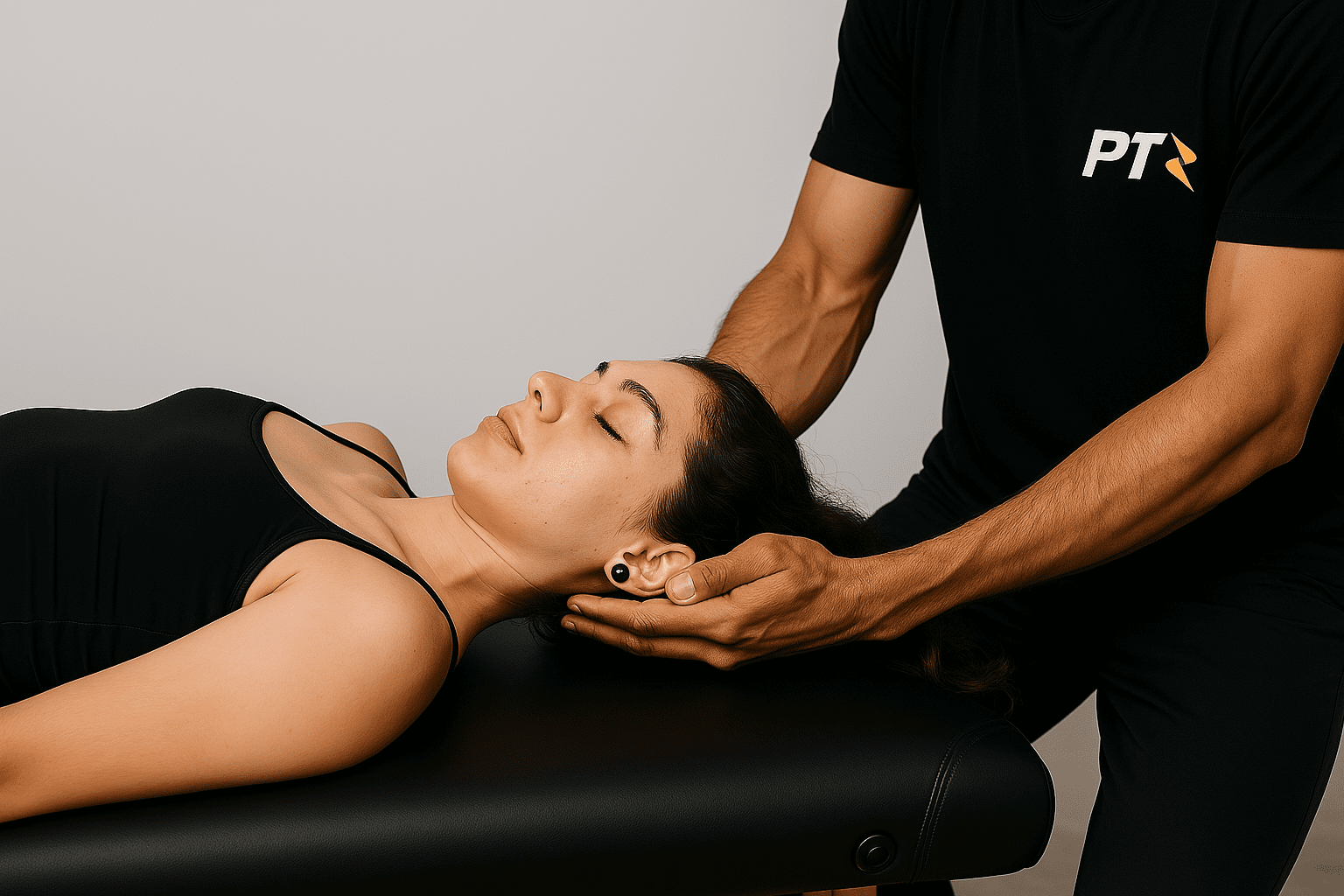
Manual Traction is a gentle, hands-on method used to decompress the spine, relieve pressure on discs and nerves, and improve overall comfort and mobility.
-
Post-Surgical Rehab
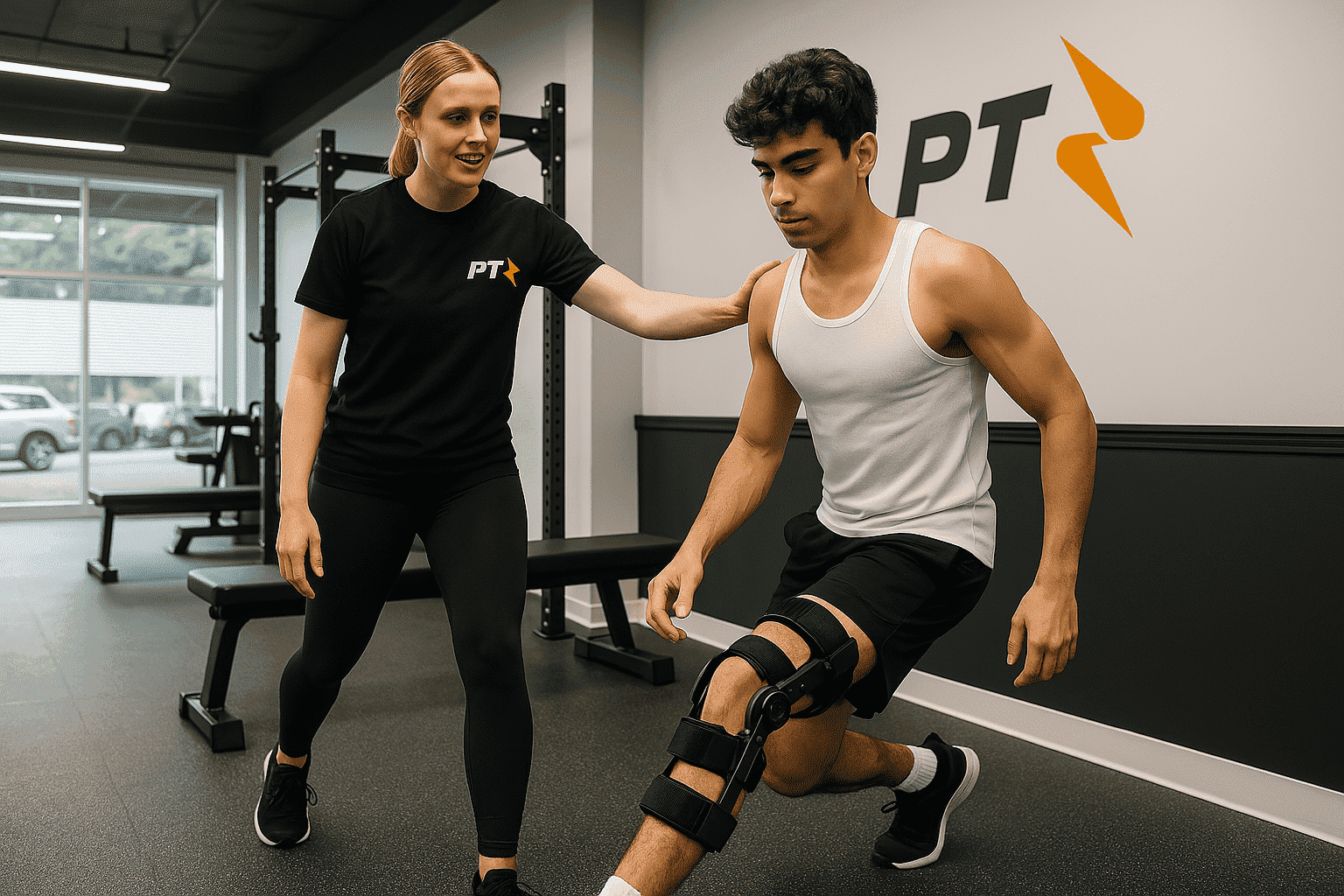
Post-Surgical Rehab is a structured recovery process designed to restore mobility, manage pain, and rebuild strength after surgery, ensuring a safer and faster return to your everyday activities or sports.
-
Physical Therapy for Weightlifters & CrossFit
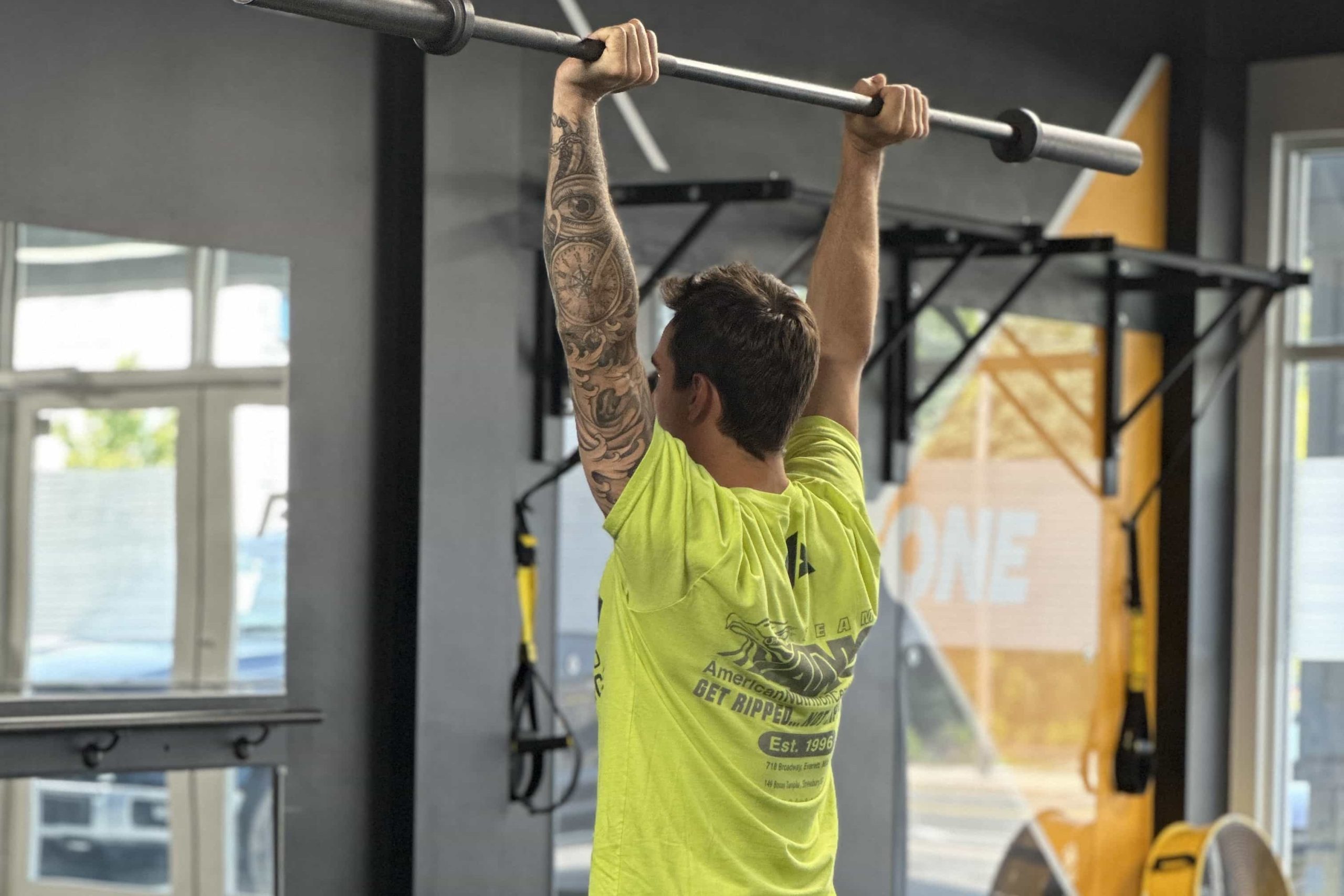
Physical Therapy for Weightlifters & CrossFit focuses on proper lifting mechanics, correcting muscle imbalances, and managing stress on joints to prevent pain, accelerate recovery, and enhance overall strength gains.
-
Physical Therapy For Runners
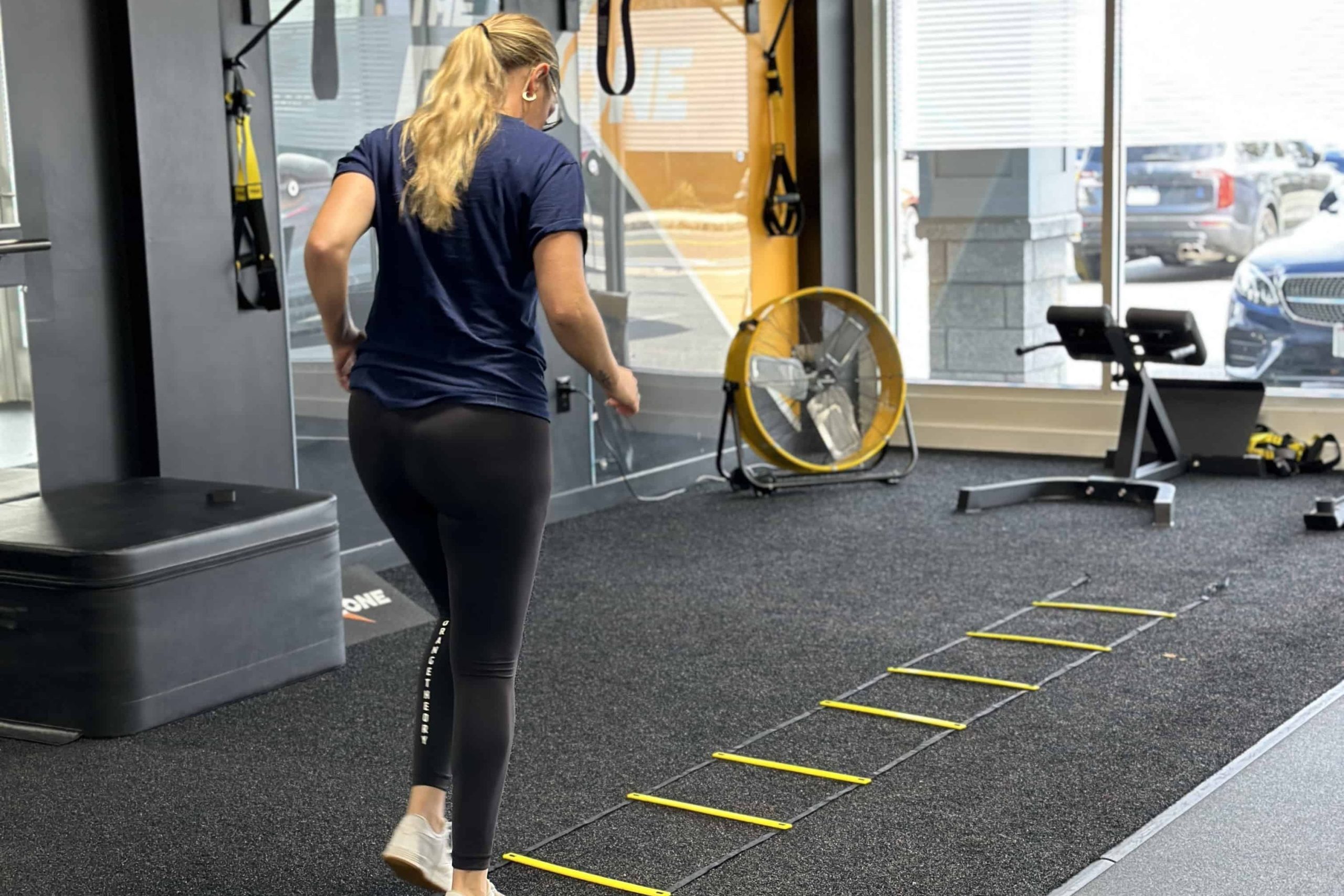
Physical Therapy for Runners focuses on refining running form, addressing muscle imbalances, and enhancing lower-limb stability to prevent injuries and boost performance.
-
Neuromuscular Massage Therapy
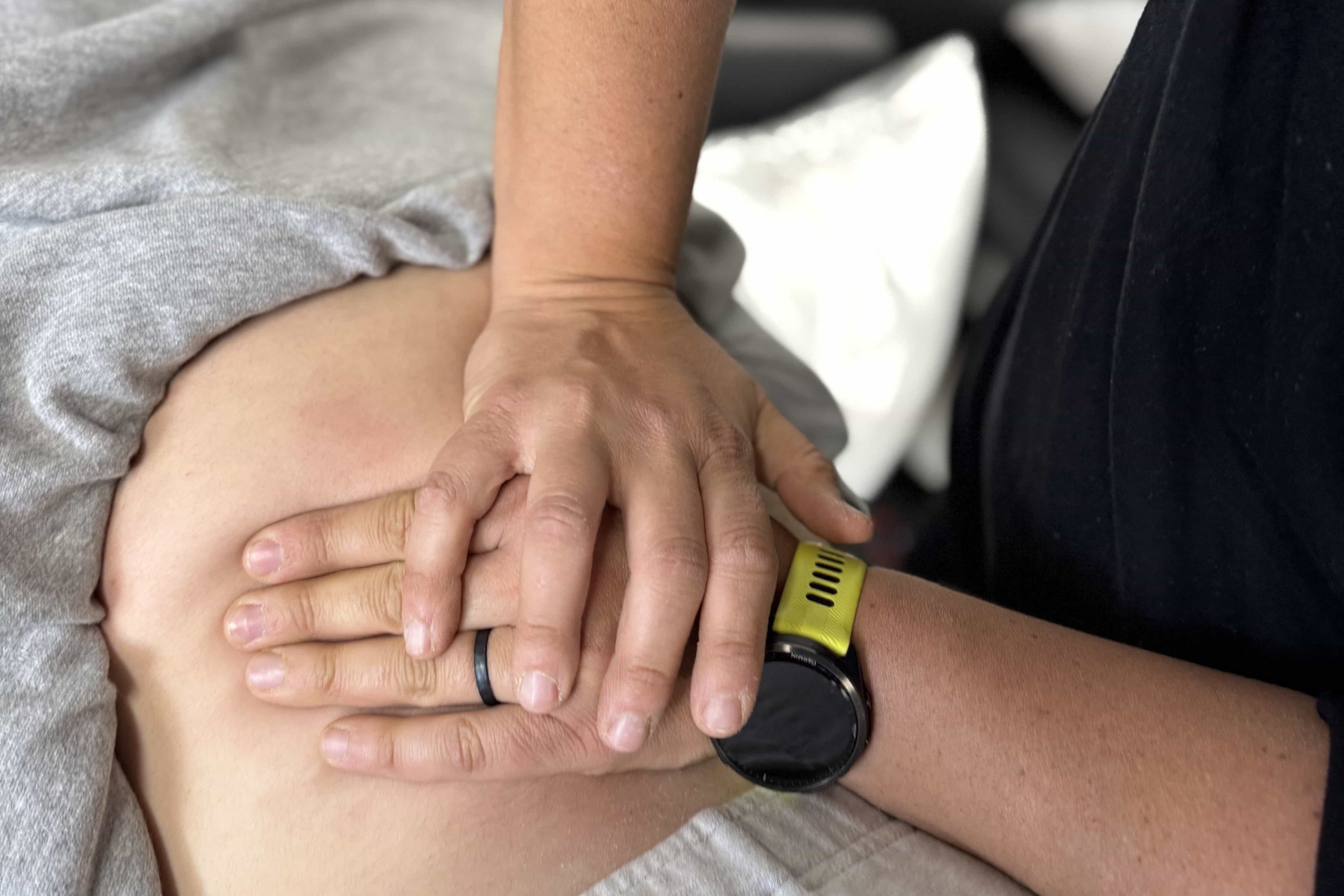
Neuromuscular Massage Therapy (NMT) precisely targets trigger points in muscles and connective tissues, relieving tension, restoring proper function, and promoting long-term pain relief.
-
Sport Specific Training
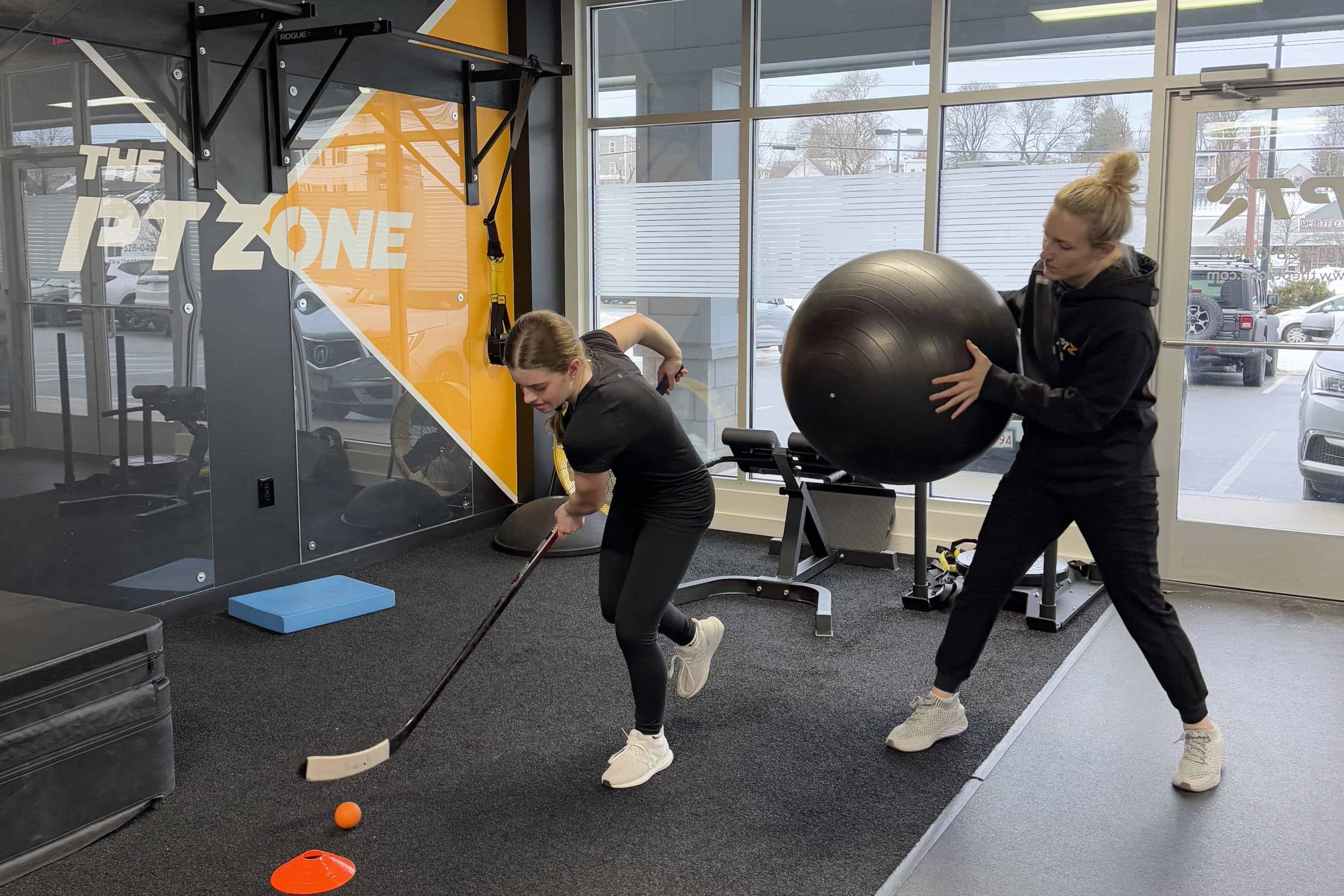
Sport Specific Training tailors rehab and performance drills to your unique sport demands, ensuring a faster return from injury or surgery, improving endurance, and re-educating proper movement patterns for safe, efficient play.
-
Therapeutic Exercise
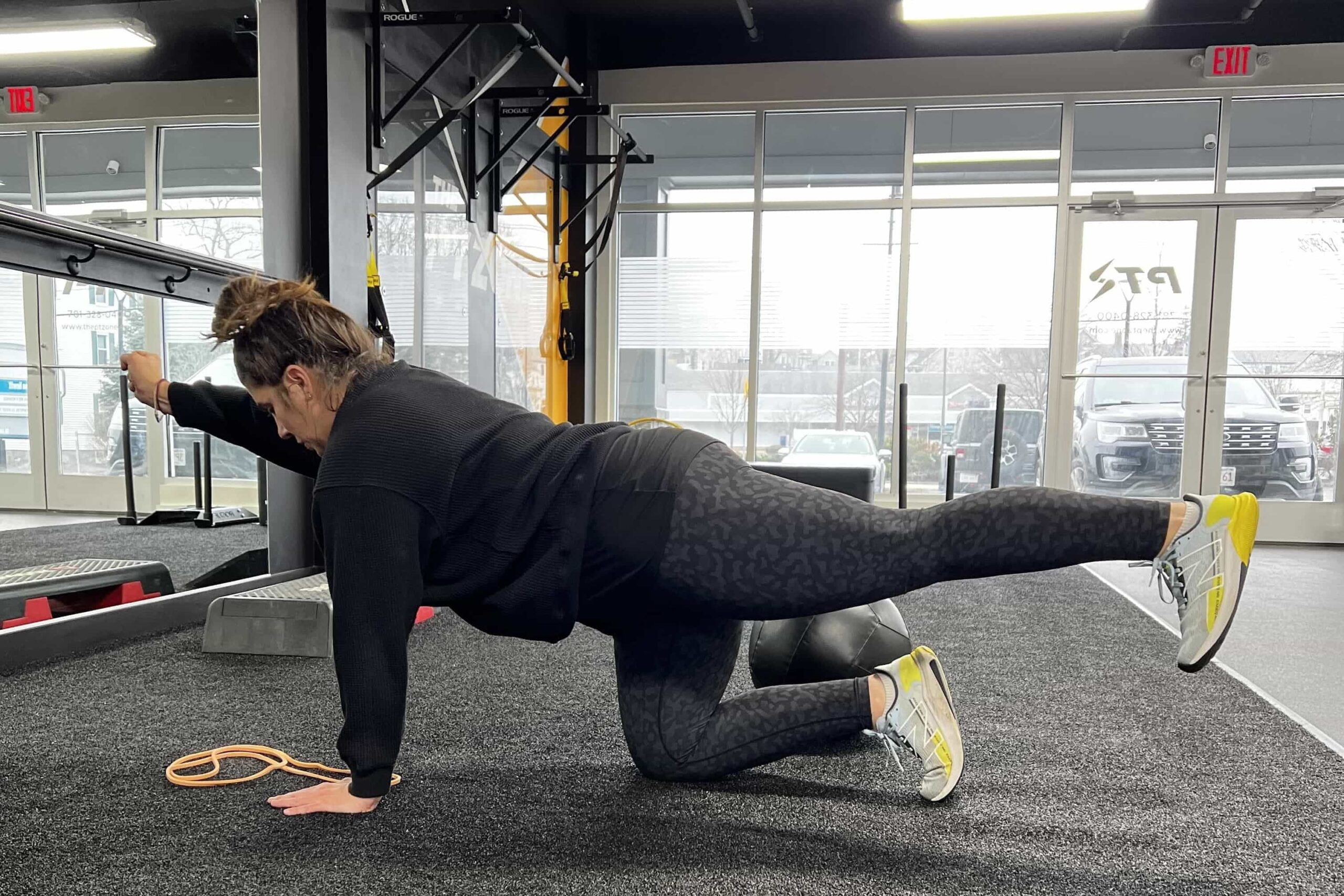
Therapeutic Exercise is a structured program of targeted movements, stretches, and strengthening drills that rebuild physical function, restore mobility, and reduce pain—ultimately helping you achieve a more resilient, active lifestyle.

At The PT Zone, we’re dedicated to helping you overcome foot and ankle injuries and get back to your active life.
Our comprehensive approach addresses both acute symptoms and deeper imbalances. Let us guide you to a faster recovery and help you stand, walk, or run without constant pain holding you back.
Common Questions from Foot & Ankle Injury Clients
1. How long does it usually take to recover from a foot or ankle injury?
Recovery times vary based on the severity and type of injury. A mild sprain could improve within a few weeks, whereas more serious ligament or tendon damage might take several months of dedicated therapy. We’ll assess your injury, discuss your goals, and craft a plan that progresses safely. Consistency with your treatment and home exercises can shorten recovery, ensuring you regain normal function as quickly as possible.
2. What warning signs indicate my foot or ankle injury is more serious?
Sudden inability to bear weight, severe swelling or bruising, and intense pain that doesn’t subside can signal a serious issue such as a fracture or significant tendon damage. If you find it difficult to move your toes or notice any deformity, you should seek immediate professional care. We’ll perform a thorough assessment to determine whether conservative therapy is sufficient or if you need additional medical intervention. Prompt evaluation can help prevent complications and ensure the most effective treatment plan.
3. Can physical therapy really help prevent future foot or ankle problems?
Absolutely. By addressing muscle imbalances, refining your gait mechanics, and building strength in key stabilizer muscles, physical therapy tackles the root causes of injuries. This proactive approach helps your foot and ankle withstand daily stresses and reduces the likelihood of re-injury. You’ll also learn better movement habits and footwear advice, which can go a long way in preventing future setbacks. In many cases, the knowledge gained during therapy becomes a critical part of maintaining long-term foot health.
4. Will therapy be painful, especially if I can barely walk?
While some discomfort is possible when you begin moving a sore or injured foot, our therapists are careful to keep pain within a tolerable range. We utilize techniques like gentle stretching, manual therapy, and gradual strengthening that won’t excessively aggravate inflamed areas. As you improve, we’ll progressively increase the challenge to rebuild full function without pushing you too far too fast. Comfort and safe progressions are at the forefront of every session, ensuring you gain confidence with every step.
5. Do I need custom orthotics to fix my foot or ankle issues?
Not everyone needs orthotics, but they can be beneficial if you have structural imbalances or chronic arch pain. We’ll evaluate your gait and foot mechanics to see if custom or off-the-shelf supports would aid your healing. When used alongside exercises and hands-on therapy, orthotics may provide added stability and reduce stress on affected tissues. Ultimately, we focus on what’s best for your unique situation, rather than a one-size-fits-all solution.
6. How do I know if I should rest more or keep moving?
Balancing rest and activity is crucial for foot and ankle injuries. Complete inactivity can lead to stiffness and slower healing, while pushing through pain risks further damage. We tailor your plan to progressively introduce movement, monitoring your pain levels and adjusting as needed. This personalized strategy keeps you active enough to boost circulation and flexibility, without compromising the healing process. We’ll also show you how to modify daily tasks to ensure optimal recovery.
7. Can I return to regular exercise or sports after therapy?
Yes! Our goal is to prepare you for a full return to the activities you enjoy, whether that’s casual jogging or competitive sports. We’ll design a gradual progression that rebuilds strength, enhances ankle stability, and refines balance. By the time you’re cleared to resume these pursuits, you’ll have stronger, more adaptable feet. This helps lower the chance of re-injury and boosts your overall performance, so you can stay active and pain-free in the long run.















